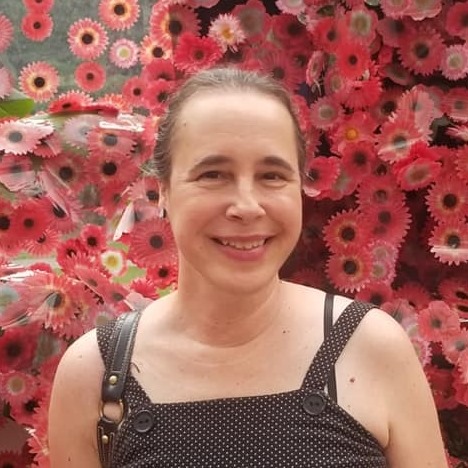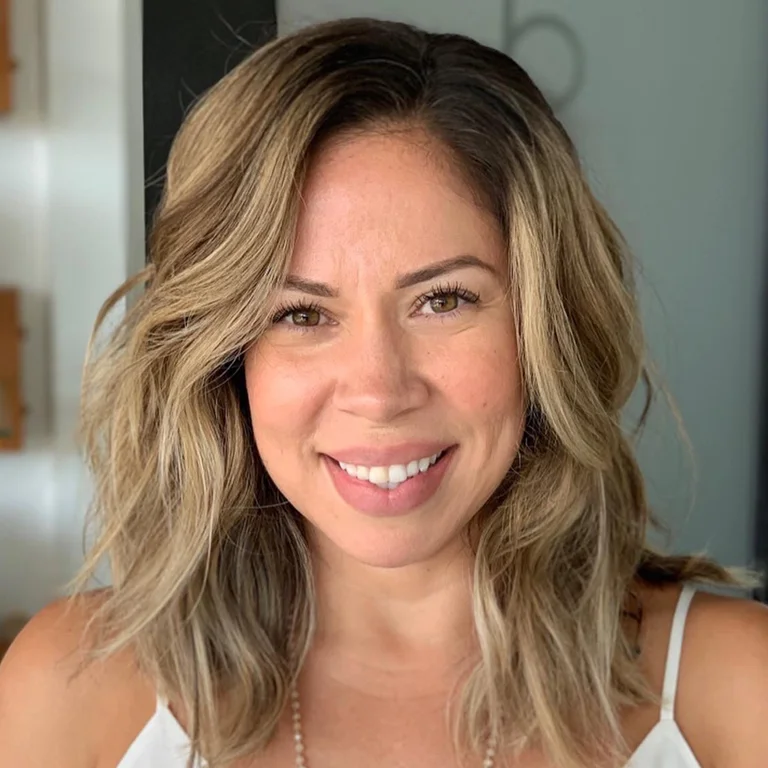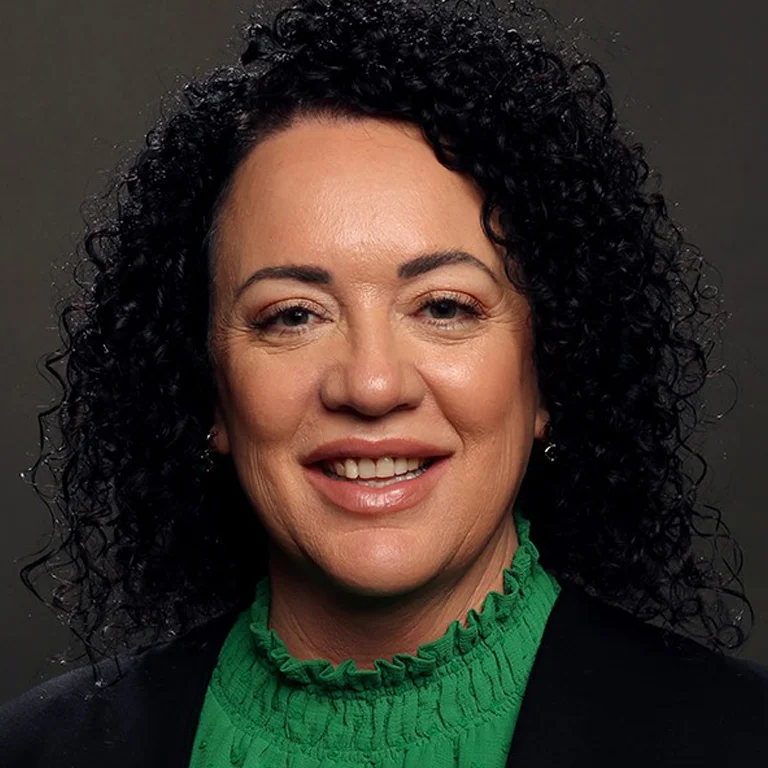Code change chaos
Nina Silva and Heather Wilhite detail how changes to insurance codes for DIEP flap reconstruction have dictated their health care choices and upended their lives
- 03/02/23
Editor’s note: Since this blog was published, after seven months of our community raising awareness, making calls, and writing letters, the U.S. Centers for Medicare and Medicaid Services reinstated S2068, the billing code that covers DIEP flap reconstruction. This is a big win for the breast cancer community.
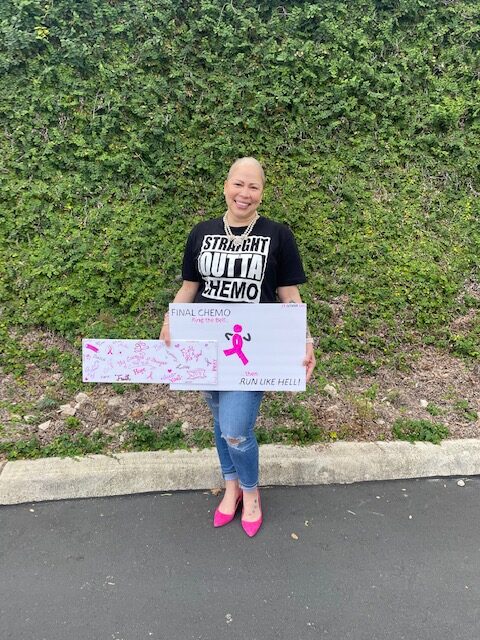
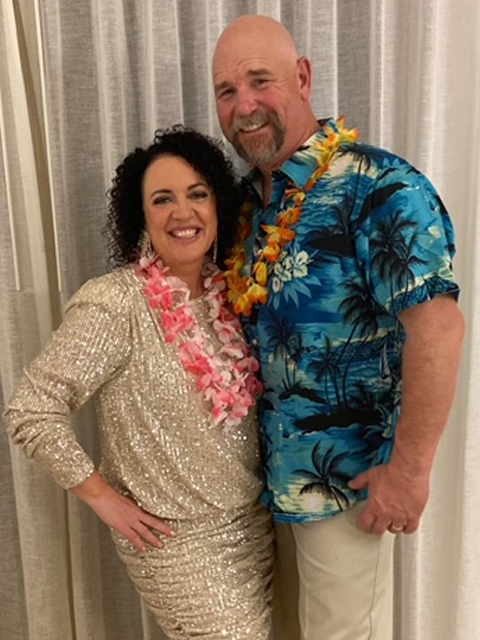
L-R: Nina Silva on the day of her last chemo session; Heather Wilhite and her partner
For nearly two decades, DIEP flap surgery, which does use a woman’s tissue and fat for reconstruction, has been a common breast reconstruction choice: an improvement over the older TRAM flap procedure, which uses part of an abdominal muscle and therefore carries a risk of various serious side effects. But in the early months of the pandemic, the U.S. Centers for Medicare and Medicaid Services announced that all tissue-based breast reconstructions will be placed under one insurance billing code. They’ll be covered at the cost of a TRAM flap, which is far less expensive than the newer surgeries. Though the coding change technically goes into effect December 31, 2024, some non–TRAM flap surgeries are being denied at previously established payment rates now by private insurers, almost two years before the deadline.
All of this has led to financially, physically, and emotionally chaotic situations for Nina and others impacted by breast cancer who are planning to get DIEP flaps and related procedures. LBBC is advocating for continued and proper insurance coverage for DIEP flaps—generating political support and joining forces with other cancer-advocacy groups to solve the problem. And here, LBBC contributing writer Pamela Rafalow Grossman profiles Nina Silva and Heather Wilhite, two women directly and deeply impacted by the coverage change.
Who gets to choose?
“I decided on a double mastectomy as soon as I was diagnosed,” Nina recalls. “I have a family history of breast cancer on my mother’s side, so that made sense to me.” She wanted a DIEP flap because “I didn’t want implants as a foreign object in my body,” she says. “When I got my chemo port, even that felt weird to me.”
Nina, 43, grew up in San Antonio. She had recently returned to the city with her husband and youngest child, following her husband’s retirement from the military, when in March of 2022 she was diagnosed with breast cancer.
After a course of neoadjuvant (pre-surgical) chemotherapy, Nina got ready to have a double mastectomy with DIEP reconstruction. While in chemo, she’d met other people with breast cancer who talked about getting breast reconstruction at a major local surgical practice. She figured she’d go there as well—but then learned the practice doesn’t accept the military’s insurance, TRICARE.
“I thought, okay, maybe I can afford the surgery,” she recalls. “But they gave me a cash quote of over $57,000 at my referral. And then they said there could be unexpected costs, because the anesthesiologist is contracted out.”
Meanwhile, time was tight. “My oncologist told me I had a four- to six-week window for mastectomies after chemo,” she says. “If I had any cancer remaining, we couldn’t let it spread.”
Nina contacted her health insurance provider for local in-network surgeons. “They gave me four doctors, all in the same practice,” she says. “So, I called them.”
But more surprises were in store. “They gave me a consultation appointment for three weeks later,” she says. “I explained that I wanted to use my own tissue to reconstruct. And I was told, ‘Yes, we can accommodate you.’”
“Then I went to my appointment. And the doctor said, ‘I can’t do your surgery,’" she recalls. "He said, ‘We’ll do expanders, and then we’ll do implants.’ He wasn’t offering me a DIEP flap." In addition, the practice catered to elective cosmetic procedures. “Here I am with my turban on, bald, no eyelashes, no eyebrows. I left in tears.”
Rescue arrived via a third doctor—and Instagram. Nina was following Elisabeth Potter, MD, an Austin-based microsurgeon who has been advocating against the coding change, on the app. “I reached out to her office,” she says. “They gave me a consultation the very next day.”
As for payment, Nina says, “She took my insurance. What she told me was, I will never turn a cancer patient away.”
In late December 2022, Nina made the trip to Austin for her DIEP surgery, with family along to help her. “I’m sure Dr. Potter didn’t get reimbursed what she should [by my health insurance company],” she says, “because it’s a very expensive surgery. But I’m so, so thankful to her and her whole team, for doing what’s right.”
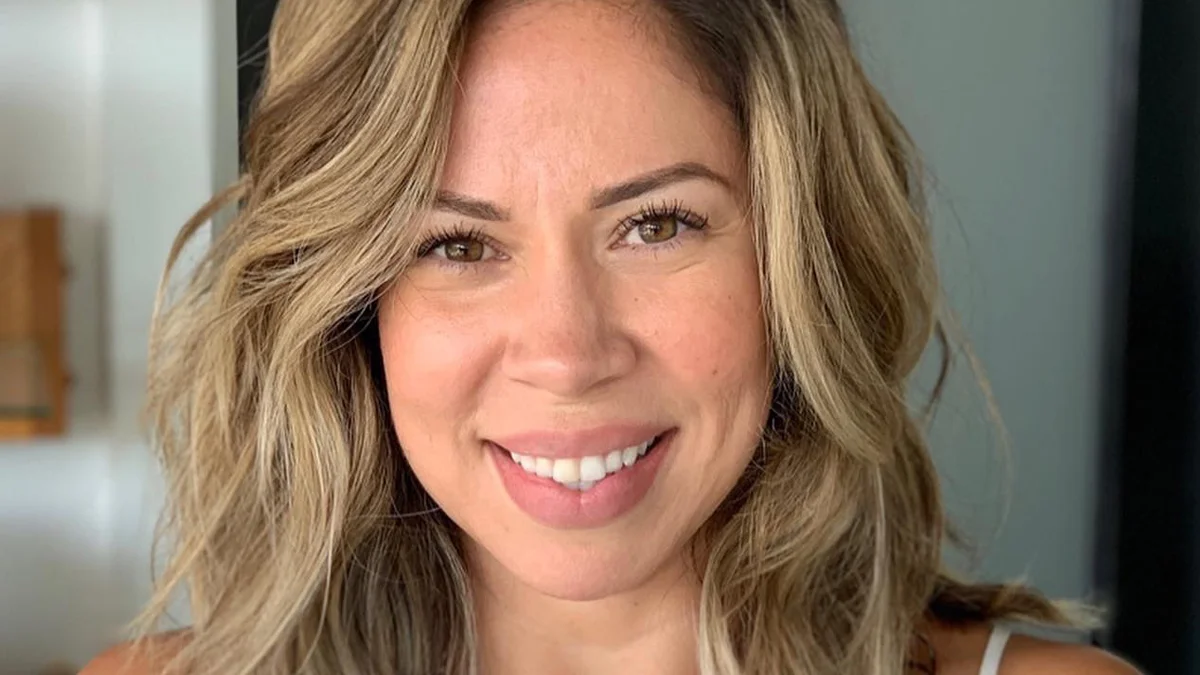
We should be able to choose our reconstruction. And insurance companies need to know this.
The high cost of change
There are some who confidently assert that women “can always just get implants” for breast reconstruction. Heather Wilhite, 49, did choose the insurance-covered, implant surgery after her mastectomies—and then she got an implant infection.
“I was diagnosed with breast cancer in May of 2021,” Heather says. “I had a double mastectomy in June of 2021, then implant reconstruction in September. In mid 2022, I had areola tattooing. And then, just in January, I had the touchup done—and I got an infection on the left side that went into the implant pocket. They had to remove [the implant]. And it’s not recommended for me to have another implant—the complication rate is much higher now that I’ve already had a complication.”
“All physician advice,” she continues, “suggests that the best for me is to have flap reconstruction.” But the potential side effects of a TRAM flap eliminated it as a choice she could consider, so she sought a surgeon who could perform a DIEP-type procedure.
“Around where I live” near Sacramento, California, she says, “everyone seems to want to do aesthetic medicine, because it’s cash and they don’t have to deal with insurance. To find anyone willing to do reconstruction is almost impossible let alone someone who can do a flap reconstruction, which is another level of skill.”
Heather will therefore travel approximately nine hours to Los Angeles, in March, for a PAP flap surgery (similar to a DIEP) with Dhivya Srinivasa, MD, FACS.
The entire situation is a shock. “I was 18 months from my original reconstruction when I got the infection,” Heather says. “I thought, ‘This is the end of my journey with this cancer baloney. I’ve done treatment, I’ve done the surgeries, and I’m gonna wash my hands of this. I’ll take my recurrence-prevention pill every day and get my scans, but I’m gonna move on with my life.’ That’s where I was, mentally.”
Given the location of the cancer, a lumpectomy was not a surgical option for Heather. Not having wanted mastectomies to begin with, she was devastated when her reconstruction failed. Other than flap surgery, she says, “my option was to be flat. The first two weeks after I had the implant removed, every time I took my shirt off to get in the shower, I cried. I find it a traumatic psychological situation. For me, to feel like myself, having flap reconstruction is the right answer.”
As for coverage, her employer-sponsored health insurance is “supposed to be excellent,” she says. But Dr. Srinivasa explained that Heather’s insurance company has already stopped reimbursing for procedures like DIEP as they had before because of the coding change. “My surgeon will do it for less money for cases like mine,” she explains, “but she has to offset her time and her staff with something. I understand that.”
Dr. Srinivasa tried to prevail upon the insurance company to cover Heather’s procedure. But Heather needed to cover her bases, so she looked into selling stock or liquidating other assets, even though this would affect her family’s savings.
Then, after months of calls, emails, and uncertainty, less than two weeks before her planned surgery, good news arrived: Heather’s insurance company approved a single-case agreement enabling Dr. Srinivasa to perform the desired surgery at no cost to Heather.
“I am obviously elated hearing this news,” says Heather. “I am hopeful that this means that as insurers continue to hear about patients like me, they will continue to see that a permanent reversal of this coding change is needed and a long-term solution for those facing breast reconstruction is necessary.”
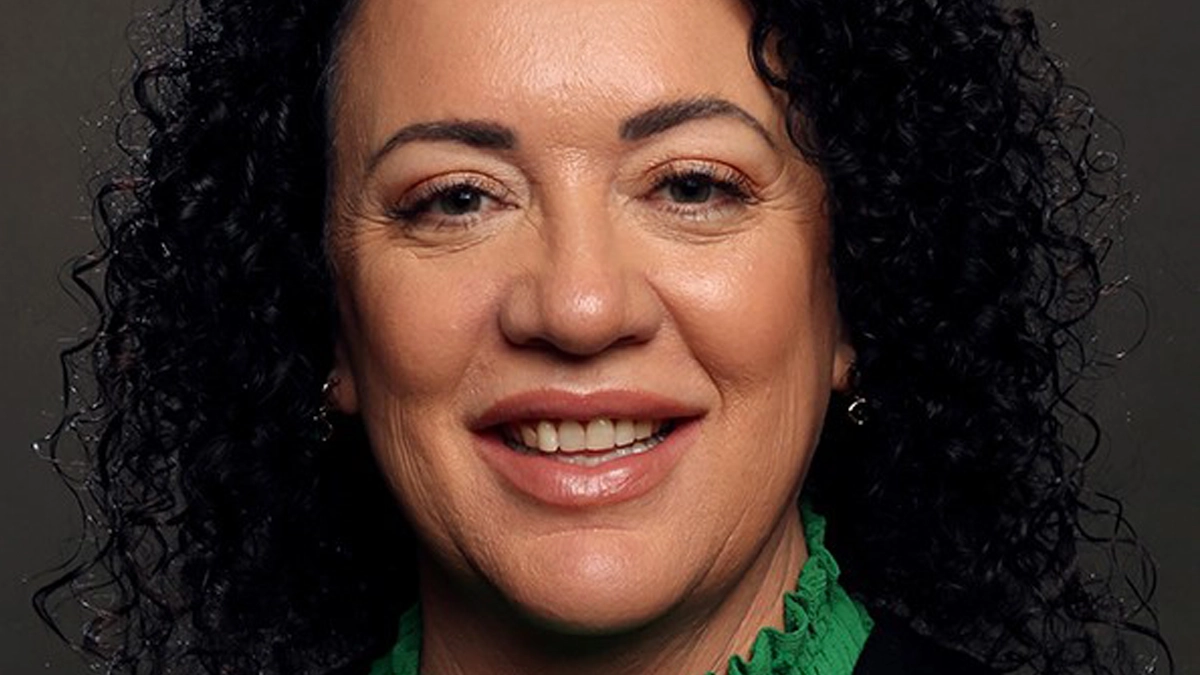
So many women will have no way to access this. This is an issue for all women, and so I’m going to keep speaking out about it.
Concerned about this issue?
We encourage members of our community to take these steps:
- Enter your zip code in this tool to get the names and contact info for your senator and congressperson
- Contact your congresspeople to share your personal story about why breast reconstruction choices are important to you
- Ask them to pressure CMS to reinstate S2068, the billing code that covers DIEP flap reconstruction, and other codes for specialized breast reconstruction; include your name and zip code so your rep knows who you are
- Contact your private health insurance company and ask them to commit to reimburse DIEP flap reconstruction at an appropriate rate into the future, to ensure people have access to all standard options
- Join the Community Breast Reconstruction Alliance started by Dr. Elisabeth Potter, MD and share your story there.
Learn more
DISCLAIMER:
The views and opinions of our bloggers represent the views and opinions of the bloggers alone and not those of Living Beyond Breast Cancer. Also understand that Living Beyond Breast Cancer does not medically review any information or content contained on, or distributed through, its blog and therefore does not endorse the accuracy or reliability of any such information or content. Through our blog, we merely seek to give individuals creative freedom to tell their stories. It is not a substitute for professional counseling or medical advice.

